A meticulous craft: Exploring the magical world of clay
Many families of potters have been toiling in the sun to work with clay and keep the art of clay pottery alive
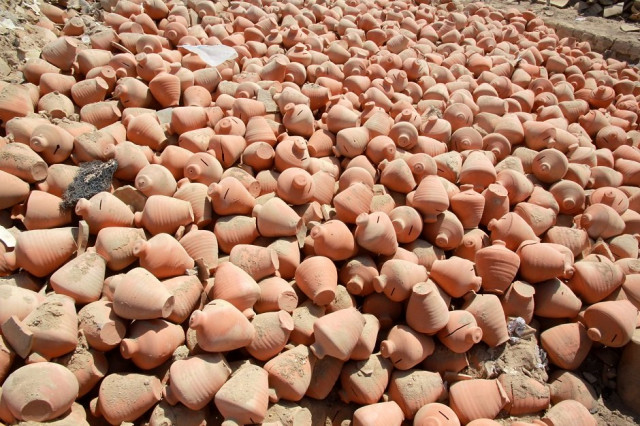
PHOTO: ATHAR KHAN/ EXPRESS
These families initially resided in the Kumhar Wara area of Lyari but moved further ahead to be closer to the Lyari River.
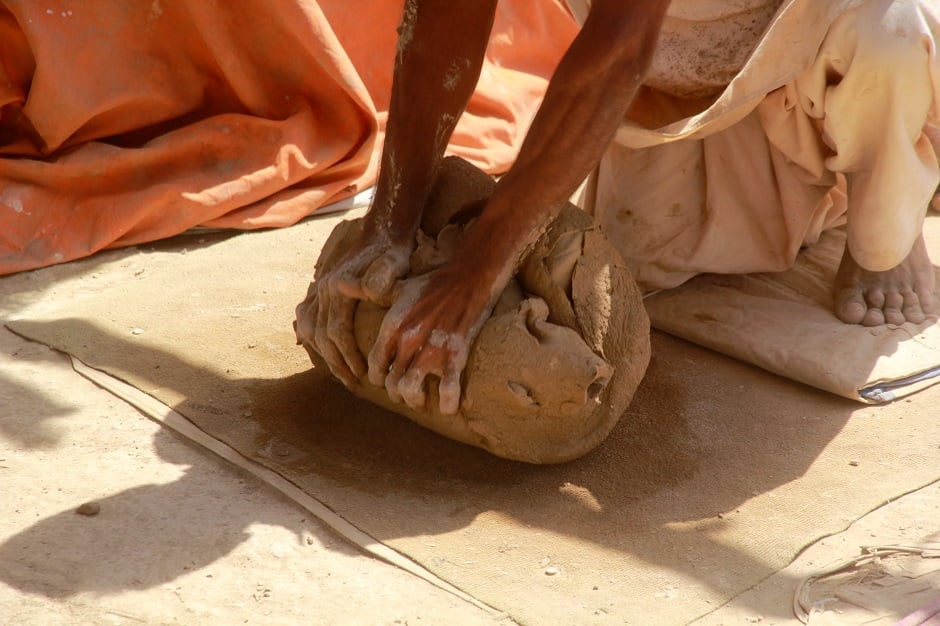 PHOTO: ATHAR KHAN/ EXPRESS
PHOTO: ATHAR KHAN/ EXPRESS"We moved because we needed more space to work," Waqar, a potter, told The Express Tribune. He added that it was better to practice their art near a river as the soil of the riverbeds was conducive for pottery making.
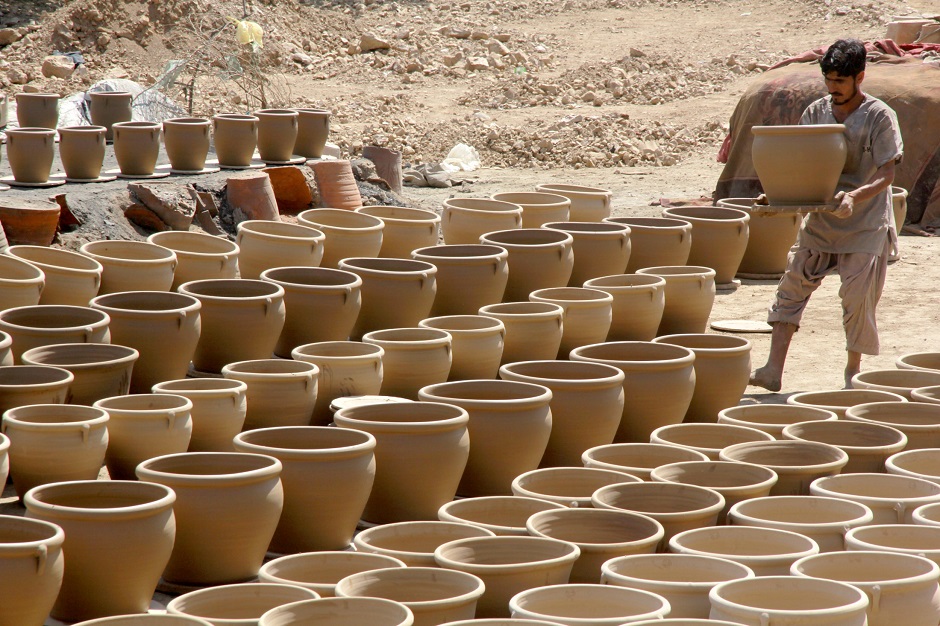 PHOTO: ATHAR KHAN/ EXPRESS
PHOTO: ATHAR KHAN/ EXPRESSAnother kumhar, Aslam, said the community often had to pay off policemen who asked for bribes because they burned garbage in a furnace to bake the clay into pots. "The police take bribes from us even when we are living next to an industrial zone, where factories cause more pollution," complained Aslam as he shaped a chunk of clay into a vase-like structure.
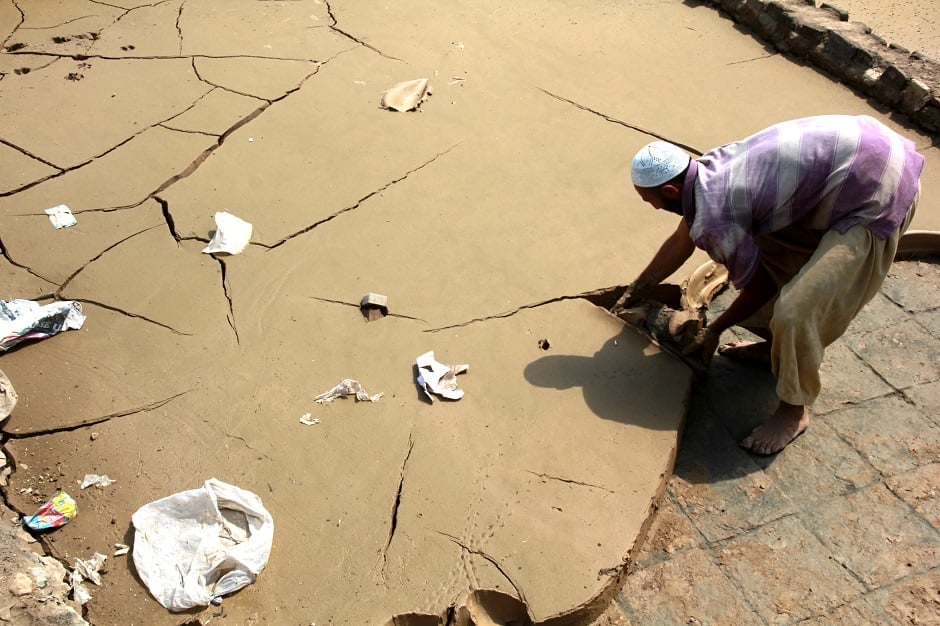 PHOTO: ATHAR KHAN/ EXPRESS
PHOTO: ATHAR KHAN/ EXPRESSPottery is made by forming a clay body into objects of a required shape and heating them to high temperatures in a kiln which removes all the water from the clay. This induces reactions that lead to permanent changes, including increasing the strength of the clay and hardening and setting the shape of the object.
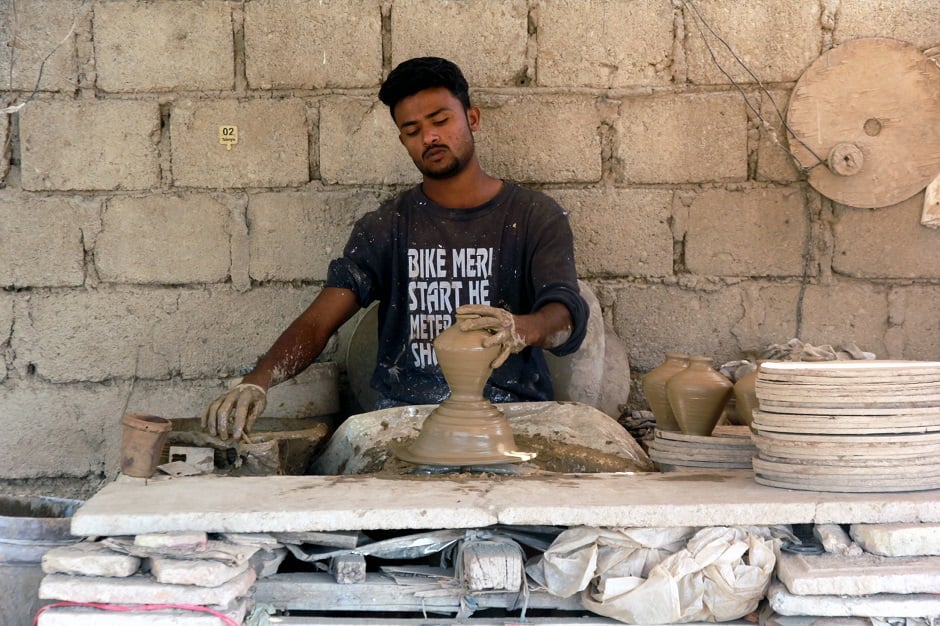 PHOTO: ATHAR KHAN/ EXPRESS
PHOTO: ATHAR KHAN/ EXPRESSPottery can be shaped by a range of methods that includes hand-building. This is the earliest forming method. Wares can be constructed by hand from coils of clay, combining flat slabs of clay or pinching solid balls of clay or a combination of methods.
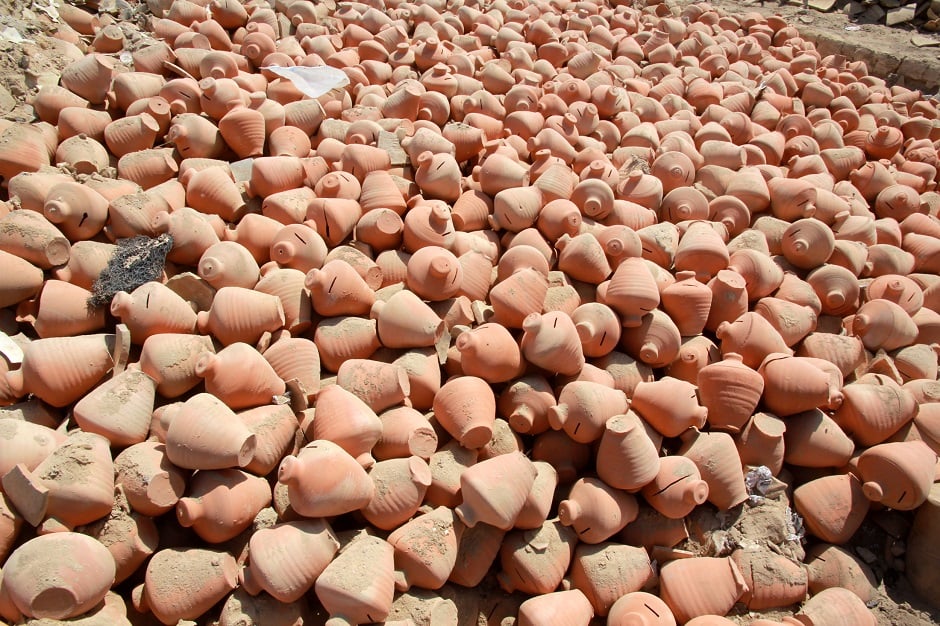 PHOTO: ATHAR KHAN/ EXPRESS
PHOTO: ATHAR KHAN/ EXPRESSParts of the handmade vessels are often joined together with the aid of a slip, an aqueous suspension of clay and water.

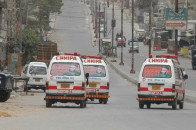
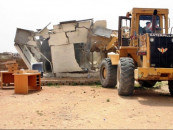


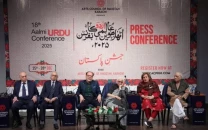













COMMENTS
Comments are moderated and generally will be posted if they are on-topic and not abusive.
For more information, please see our Comments FAQ